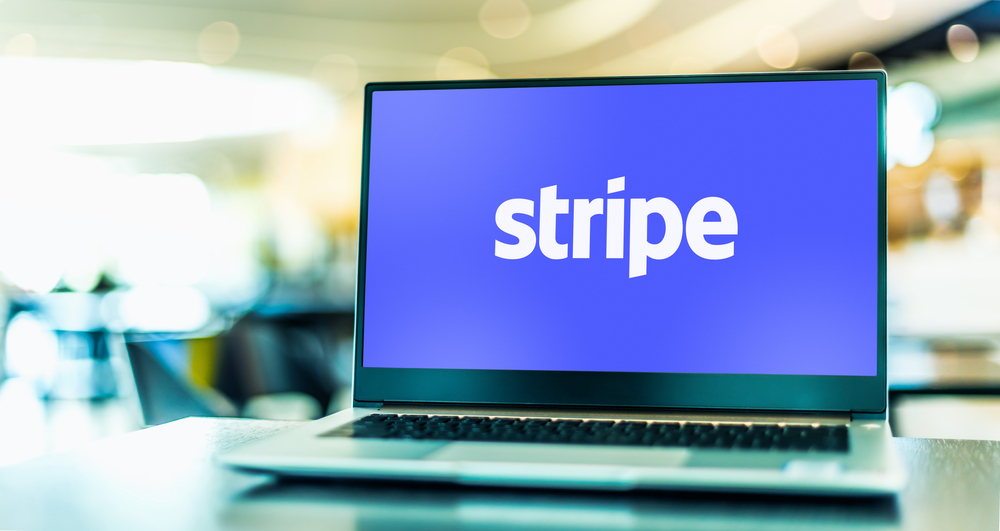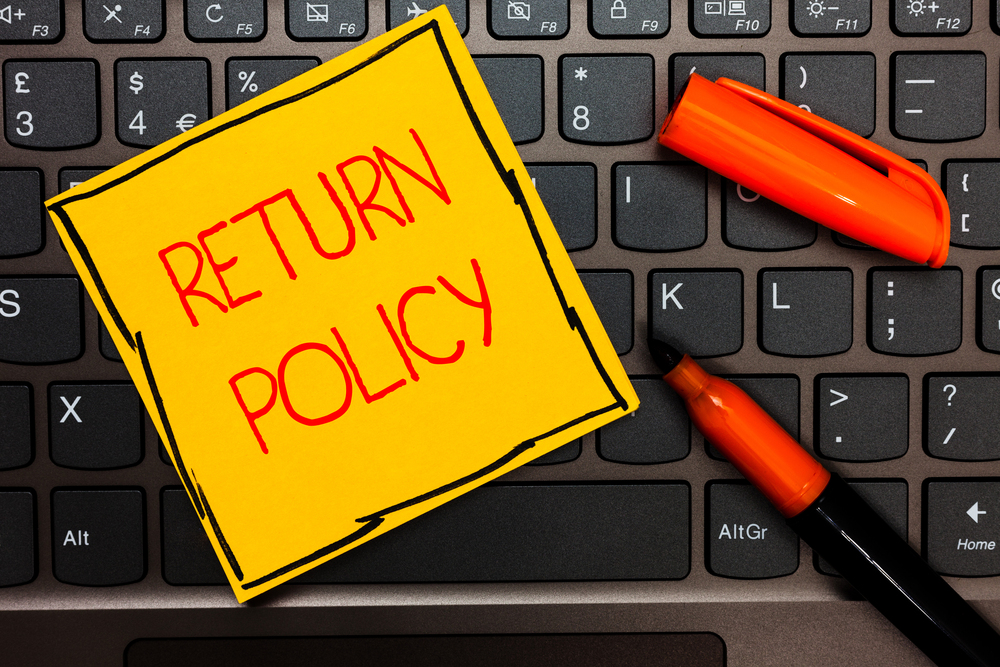
FAQ Friday: How your E-commerce Order Fulfillment Process for Health Supplements, Cosmetics, and Wellness products, can Affect your Bottom Line Part-1
Apr 16, 2021 6 minute read
Payment processing and order fulfillment in e-commerce go hand in hand. Many people think the billing and order processing department are kept separate and have no need to communicate, but the truth is, a problem occurring in fulfillment can have a ripple effect on payment processing and vice versa.
Here are a few things I’m going to cover in this article:
- When you should consider outsourcing your order fulfillment strategy
- Why customer orders and delivery should be thought of as the equivalent to a customer picking a product off the shelf in a retail store…
- Why having one order fulfillment model and one merchant account might cause problems in your business for certain sized orders…
- How you can keep an eye on the supply chain by using integrated order fulfillment software…
- A simple and cost-effective trick to help develop international customer satisfaction…
- And more…
Since Covid has forced everyone to stay home and reduced human contact, a lot of e-commerce businesses have had to increase their output and most retailers have been forced from selling physically to taking online orders.
When someone makes a purchase from your online store, you make a commitment to that customer until the package is delivered, and a big part of this commitment is how well fulfillment is executed.
This means when you receive an order, you’re responsible for locating the stock, preparing the packing slip, packing the orders, calculating shipping costs, adding shipping labels, scanning barcodes, managing your customer base, and providing all customer service for your orders.
That’s if you’re doing it in-house yourself…
If you’re starting out, doing online order fulfillment in real-time can be time-consuming. You’ll want to figure out when it makes sense to consider third-party logistics to provide inventory management and order processing for your online marketplace.
How far ahead should you plan Outsourcing your fulfillment system when starting at 10 sales a day but know you’ll have to change when you’re doing 500 sales a day?
Whether you’re in the nutritional supplement industry, cosmetics, or health and wellness if you’re not doing it in-house yourself, having a fulfillment center experienced in your industry can be beneficial for your business.
As a rule of thumb, depending on how large the orders are in size, around 200 orders per day will normally be the best time to implement a third-party fulfillment provider.
Fulfilling your own orders while trying to scale can be a difficult task in itself…
You may need to hire extra labor during the growing stages and might run into problems such as low order volume months, or running out of storage space and having to find another warehouse provider to store your products.
The economics in paying a fulfillment center will make more sense when you’re at about 200 orders a day. A third-party fulfillment center will be able to outsource work and have the funds to invest in assets and systems to manage scalability for you.
With that said, a fulfillment service represents your brand’s customer experience in terms of package handling and can be a crucial decision your company makes when choosing one.
As I said before, a poor customer experience due to a fulfillment problem can have a ripple effect on your merchant accounts. An unhappy customer upset about a damaged package or a late delivery can easily cause a chargeback.
Here are a few things to look for when selecting a third-party fulfillment as a merchant…
The hardest thing about fulfillment is anticipating problems and knowing how to deal with them before they happen. So you’ll want a fulfillment company that has experience in your domain. As an example, supplements come with expiration dates, and a proper rotation of the product is needed.
Walk your warehousing provider and identify good practices such as first in, first out strategies, keeping an eye out for expiration dates.
One trick is to drag your finger (preferably wearing a glove) along the product in the back corner…
If there’s a whole lot of dust, it probably means they’ve been there for a while and the staff’s not doing a proper rotation of inventory.
Make sure to check they’re using SKU barcodes so you can automatically track the movement of your inventory.
Technological implications with Third-Party Fulfillment Automation
Another reason to choose the right fulfillment solution for your business has to do with how easy it is to integrate your CRM from your e-commerce platform to their warehouse management software. Finding a company that can integrate with your CRM will make things a lot simpler and help you solve a lot of challenges when they come up.
Look for an integration that will batch send these over without having anyone else involved…
The warehouse management system connected to your CRM will pull out the order file and start batching and have pickers prepare your orders for shipping.
Getting shipping information from your fulfillment center into your CRM will help customer service easily find and advise clients of any shipping updates.
This communication between your fulfillment center and your CRM is more effective and precise in tracking inventory than just relying on your CRM to tell you what you have left in stock.
A good shipping and fulfillment center will provide you with full visibility into inventory as it moves through your supply chain…
Full transparency in viewing inventory from the receiving lane, to bulk storage, and then into a particular order when it leaves the building is important crucial, depending on the size of your business.
The cost will always be a consideration when choosing, but the possibility to scale is another important piece of the puzzle. A really good distribution center for a small company might not do very well for a larger company…
The right fulfillment provider for someone who’s doing 10 sales a day is not necessarily going to be the right one for someone who’s doing 10000 sales a day.
The larger companies in the industry already have relationships for their given brands with four or five different fulfillment providers and four or five different manufacturers.
Having a backup fulfillment provider to handle special situations such as unexpected processing of high volume orders ($500,000) is crucial and happens more often than you would think.
A lesson learned for everyone in the direct response business selling direct-to-customer is having fulfillment and merchant account backups along with multiple sales channels to deal with problems that happen regularly through your supply chain.
One of the single best things you can do is to walk your warehouse verifying inventory storage and identify anything that may cause a problem during your products’ fulfillment process.
Having a fulfillment center and warehouse management that can provide full batch and lock control in case of a product recall is another important service to protect your bottom line.
This is something to consider because a company or brand can easily go out of business without having a good lock control during an FDA-mandated recall.
They’ll be able to isolate a Lot number down to a specific batch so you know which consumers to contact.
When dealing with food products, health supplements, or cosmetics, you’ll also want to consider making sure the warehousing temperature and relative humidity is being monitored to reduce spoilage.
Many people don’t realize how heat and moisture are enemies of dietary supplements. Heat and moisture vapor can still get into glass bottles. This causes supplements to lose their potency or cause you to throw out stock.
Returns Processing: How to Mitigate Chargebacks by using an Effective Supplement Fulfillment Strategy
Tracking information and understanding every angle through which chargebacks can come will get you visibility into where inconsistencies may be hiding in your fulfillment process.
The strategies and fulfillment options you use depend on what you’re trying to optimize for…
A rule of thumb is, if you’re aggressive and your big goal is to prevent chargebacks, then your best option is to provide orders within the shortest window possible.
This is the most expensive from a function standpoint.
So it’s really important to find the best option for your business…
When looking at returns processing and see you’re getting consistent chargebacks and returns after the products are delivered…
You’ll want to do quality checks on packing materials used and how they’re actually loading up the product, seeing who checks what gets stuffed inside the boxes or envelopes.
If pickers are manhandling bottles and you have a thin retail box on yours, it’s probably not going to travel well, and probably best to put that in a box instead of the classic bubble wrap envelope because it could get bent.
Think back to how many times you placed a product back on the shelf because there was a dent in the packaging…
It’s the same thing for your customers receiving your package at home.
Making sure they’re shipping out the right number is another way to avoid chargebacks and lost products. One strategy is to weigh the envelope before it goes out.
Most supplement bottles are the same weight and they require the weight to go on the bill of lading (BOL) or transit documents. You’ll be able to check and see if the pickers shipped the right amount of bottles if ever you have a customer saying they ordered 6 but only got one.
The most important time to inspect your shipping warehouse provider is when scaling. You want to avoid as many returns and lost products when a large number of packages are leaving your fulfillment center.
Periodically test orders whereby you introduce a new name, new place, new address, and new credit card to verify the fulfillment experience and process of receiving your product as a customer would.
Try and test for your different markets in different countries you’re shipping to.
Another way to reduce the number of chargebacks is to reduce the time it takes your fulfillment provider to ship out your orders by looking at your various shipping options…
Tracked shipping through FedEx can help make your customers feel more special and reduce chargebacks in countries having longer shipping times.
But if you see a whole bunch of people refund within the first 24 hours and want to save money and lower your inventory pressure…
Then you can add a 24-hour window from when the order gets taken to when it gets pushed over to fulfillment.
The reason for that is if your customer service team gets a cancellation call, they can void the order prior to shipment. This saves you shipping costs in postage and the inventory costs of these transactions.
If you’re seeing you’re having a lot of opportunities for people to have buyer’s remorse, then creating that 24-hour window will save you in the long run.
A rule of thumb is if it takes three days to ship, you’re probably starting to hit chargeback territory in the US.
Shipping internationally has altered expectations about when things are going to arrive so you have a little more flexibility with them as long as you communicate.
It may be more cost-effective and make economic sense for large orders, such as 6 or more items, to be shipped internationally by FedEx. The likelihood of chargeback if shipped through FedEx is significantly reduced by making your customer feel special.
As a tip, don’t just give them an order confirmation, give them a shipping confirmation. Send them an email that gives them an update with tracking information… just like how Amazon does.
Amazon is setting the bar high in customer expectations to what’s required in e-commerce…
So it makes sense that customers will expect you to send out some type of update.
Staying in touch with your customer base and keeping them informed by letting them know things are on their way, will increase customer satisfaction and avoid chargebacks.
Stay tuned for part 2 where we will discuss more about product customization and on-demand fulfillment.
If you have questions about your order fulfillment strategy and how it can impact your merchant account, feel free to each out to us here.





2 thoughts on “FAQ Friday: How your E-commerce Order Fulfillment Process for Health Supplements, Cosmetics, and Wellness products, can Affect your Bottom Line Part-1”